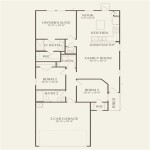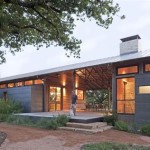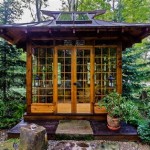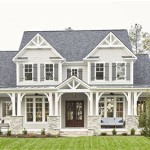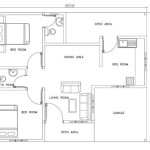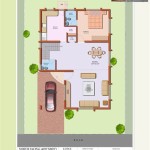Bluebird Nesting Boxes Plans
Bluebirds are cavity-nesting birds that rely on pre-existing holes in trees for nesting. Unfortunately, natural cavities are becoming increasingly scarce due to habitat loss and competition from other cavity-nesting species like house sparrows and European starlings. Providing bluebird nesting boxes can significantly contribute to their conservation and offer a wonderful opportunity to observe these beautiful birds raise their young.
Choosing the Right Bluebird Nesting Box Plan
Selecting an appropriate nesting box plan is crucial for the safety and well-being of bluebirds. Several factors should be considered, including dimensions, materials, and entry hole size. Incorrect dimensions can lead to overheating, overcrowding, or difficulty fledging. Inappropriate materials may not provide adequate insulation or protection from the elements. Finally, an incorrect entry hole size can allow access to predators or competing species.
Key Dimensions for Bluebird Boxes
Specific dimensions are vital for a successful bluebird nesting box. The floor dimensions should ideally be 5" x 5" to provide ample space for the nestlings without encouraging overly large clutches. The entrance hole should be 1.5" in diameter. This size allows bluebirds easy access while deterring larger birds like starlings. The box height, from the floor to the bottom of the entrance hole, should be between 6" and 8". This height provides a safe distance for the nestlings from predators reaching in through the entrance hole. The overall height of the box, including the roof, is less critical but should be sufficient to protect the birds from rain and sun.
Recommended Materials
The best material for bluebird nesting boxes is untreated wood, such as cedar, pine, or cypress. These woods are naturally weather-resistant and provide good insulation. Avoid using pressure-treated lumber, as the chemicals used in the treatment process can be harmful to the birds. Plywood, while less expensive, is not ideal as it can delaminate and deteriorate quickly when exposed to the elements. Ensure any wood used is rough-sawn or provides an interior surface rough enough for the young bluebirds to climb to the entrance hole.
Ventilation and Drainage
Proper ventilation and drainage are essential to prevent overheating and moisture buildup inside the nesting box. Ventilation holes should be placed near the top of the sides of the box, under the eaves of the roof. These holes should be small enough to prevent entry by predators but large enough to allow for adequate airflow. Drainage holes should be drilled in the floor of the box to allow water to escape. These holes should be strategically placed to prevent pooling.
Mounting and Placement
Careful consideration should be given to the location and mounting of the bluebird box. Boxes should be mounted on a metal pole or wooden post, facing away from prevailing winds and direct afternoon sun. Ideally, the box should be placed in an open area with low vegetation, such as a meadow or field edge. This provides a clear flight path for the bluebirds and reduces the risk of predation. The recommended height for mounting is between 4 and 6 feet above the ground.
Maintenance and Monitoring
Regular maintenance is necessary to ensure the long-term success of a bluebird box. Boxes should be cleaned out after each brood has fledged, typically in late summer or early fall. This involves removing old nesting material and any parasites that may be present. Inspect the box for damage and make any necessary repairs. Monitoring the box throughout the nesting season can provide valuable insights into the bluebirds' activities and help identify potential problems early on. Observe from a distance to avoid disturbing the birds.
Protecting Against Predators
Protecting nesting bluebirds from predators is crucial. Predators such as raccoons, snakes, and house cats can pose a significant threat. Using a predator guard on the mounting pole can prevent these animals from reaching the box. A metal cone or baffle placed below the box can deter climbing predators. Keeping the area around the box clear of vegetation can also reduce the risk of predation by providing less cover for predators to approach unseen.

Going To Be Building Several Bluebird Nesting Boxes Help Keep The Bugs Out Of My Garden House Plans Bird Kits

Eastern Bluebird Maryland S Wild Acres

Eastern Bluebird Birdhouse 70birds Plans Index

Eastern Bluebird

Free Bluebird House Plans Multiple Designs

Eastern Bluebird

Researchers Learn What It Takes To Make The Bluebird Of Happiness Happy Cornell Chronicle

Birdhouse And Nest Box Plans For Several Bird Species The Birders Report

Bluebird Birdhouse Plans Complete Step By Instructions For Building A Bird House

Going To Be Building Several Bluebird Nesting Boxes Help Keep The Bugs Out Of My Garden House Plans Bird Kits

